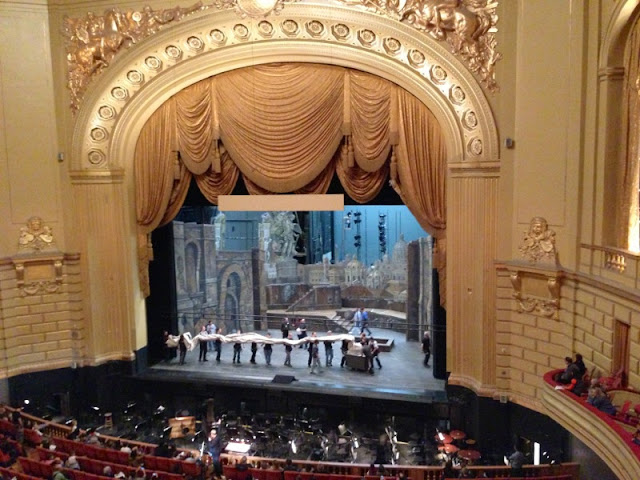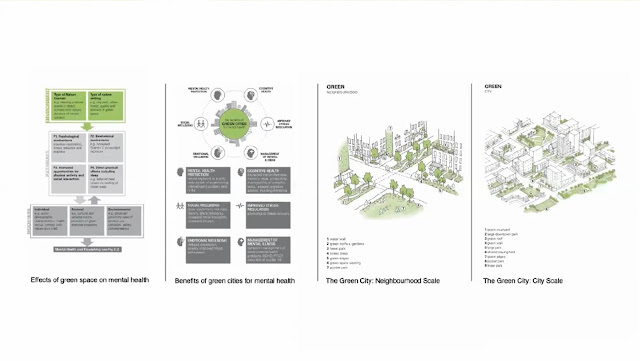VR Healthcare research
 |
When designing the virtual environment in Lunarium VR (on my MA) I got really interested in how environment design can have a direct impact on narrative direction in terms of ‘spatial cinematography’.
Having worked in NHS and private medical training delivery (for a relatively short time compared to others), it struck me how important narrative is in healthcare training. Often SME’s would talk about the patient and learner journey.
In addition to story telling, I have always been fascinated by the sense of proprioception (The sense of self in space and time) I have explored in my own experimental work since 2007. I have produced various short animated content in natural environments, in the studio and in CGI software, while at the same time noting the response of my physical senses.
Since then, with the rise of affordable HMD Virtual Reality; I have studied how proprioception translates into virtual reality. Noticing how hands (or eye gaze) interact with objects in the environment and how virtual players embody their virtual avatar, traversing their virtual worlds to give a powerful sense of presence and agency.
All of this has led me to my current project, where I am thinking about the power of Narrative VR in healthcare training. The power of storytelling of course, goes way back to, well… prehistory :) so, creating memorable experiences with powerful impact, that can be remembered long after the experience ends, is something that can be done really well in virtual reality.
At the moment, I am designing a traditional narrative based e-learning project with the intention of using this as a comparative model for a narrative game-based HMD VR healthcare training experience. What I am looking at is the difference between these two modes of TEL delivery when designing narrative content while thinking about the different aspects of experiential, open-ended explorative learning.
I see this as a starting point in taking a deep dive into the potential of virtual reality technology in TEL Healthcare training generally, but intend to focus specifically on how virtual environments could be designed and tested to create…
Narrative HMD Game-based VR experiences for TEL Healthcare training.
So I can test it…
And pass on what I find out…
Is there anything more rewarding than creating memorable, impactful learning that will support positive behavioural change for medical practitioners dedicated to performing at their best, helping to develop their medical practice for the sole benefit of their patient ?
Probably not.








